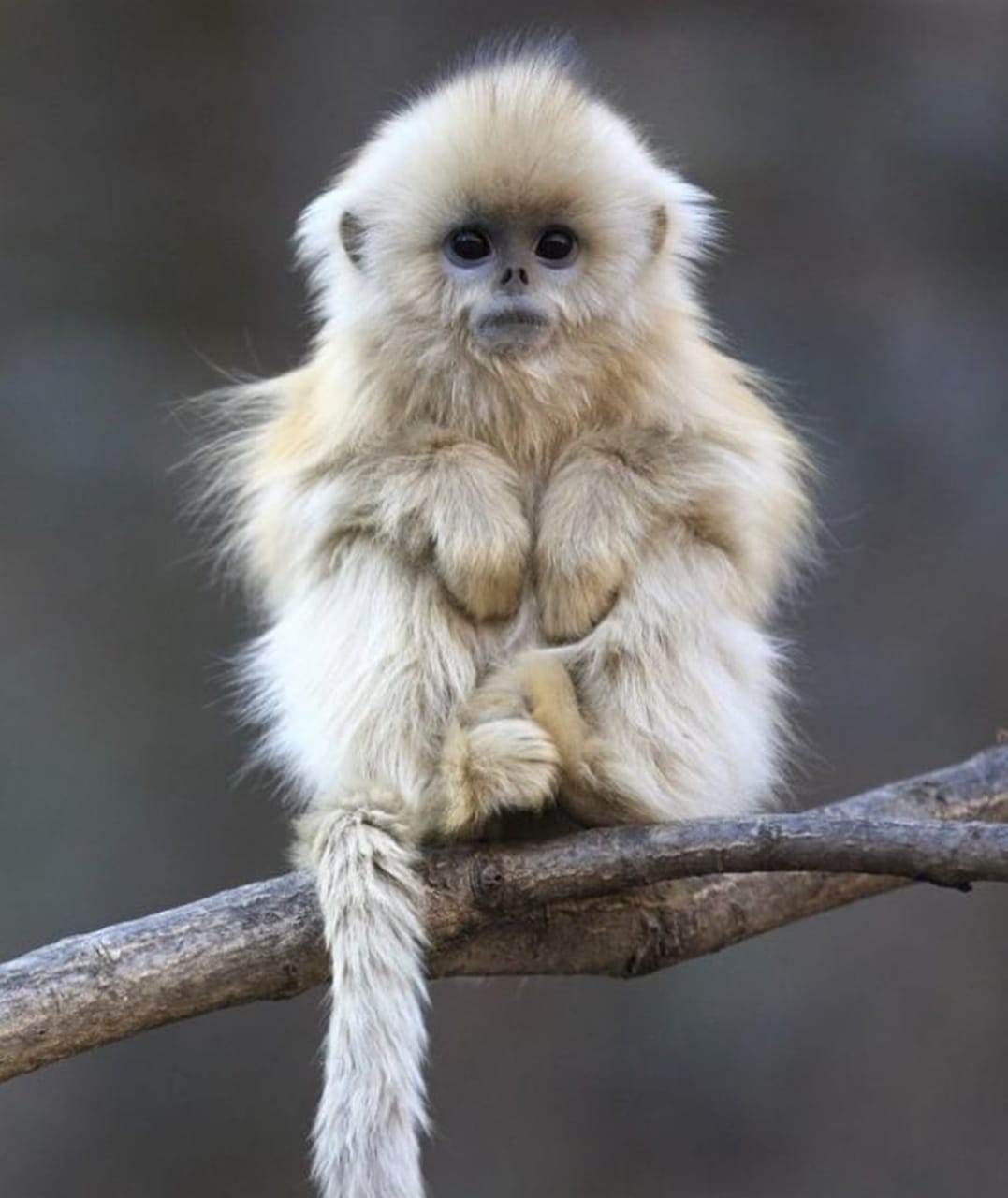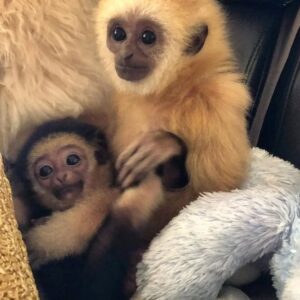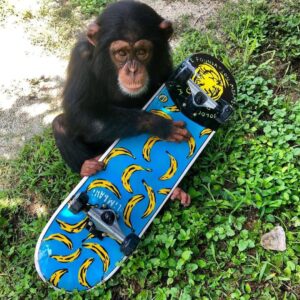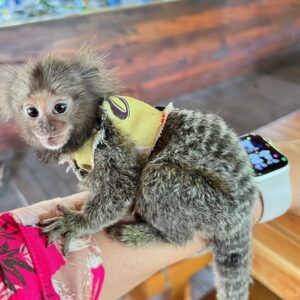Description
The Ultimate Guide to Tamarin Monkeys: Care, Facts, and Adoption Tips
Are you considering a Tamarin monkey as your next exotic pet? These small, energetic primates are known for their playful personalities, striking looks, and strong social bonds. However, owning a Tamarin requires specialized care, proper housing, and a deep understanding of their needs. In this comprehensive guide, we’ll explore everything you need to know about Tamarin monkeys—from their natural habitat to diet, behavior, legal considerations, and adoption tips.
Introduction to Tamarin Monkeys
Tamarin monkeys belong to the Callitrichidae family and are native to the tropical rainforests of Central and South America. These tiny primates are famous for their expressive faces, long tails, and vibrant fur. Some of the most popular species include:
-
Golden Lion Tamarin (known for its golden-orange fur)
-
Emperor Tamarin (recognizable by its long white mustache)
-
Cotton-top Tamarin (distinguished by its white crest of hair)
Tamarins are highly social animals, living in tight-knit groups in the wild. If you’re considering one as a pet, you must be prepared to meet their social, dietary, and environmental needs.
Physical Characteristics of Tamarin Monkeys
Tamarin monkeys are among the smallest primates, making them unique exotic pets. Here’s what sets them apart:
-
Size: Typically 8–12 inches long (excluding their tail) and weighing 10–20 ounces.
-
Fur: Varies by species—golden, black, white, or mixed colors.
-
Facial Features: Large, expressive eyes and small ears.
-
Tail: Long and bushy (often longer than their body), used for balance.
Their small size and striking appearance make them a favorite among exotic pet enthusiasts.
Behavior and Temperament
Tamarin monkeys are intelligent, active, and highly social. In the wild, they live in family groups and communicate through:
-
Vocalizations (chirps, whistles, and trills)
-
Body language (tail movements, facial expressions)
-
Grooming rituals (strengthens social bonds)
As pets, they require constant mental stimulation and interaction. Without proper enrichment, they can develop stress-related behaviors like excessive grooming or aggression.
These primates form deep bonds with their caretakers but can become anxious if left alone for long periods. They thrive in environments where they receive daily attention and engagement.
Tamarin Monkey Care Guide
Owning a Tamarin monkey is a long-term commitment (they can live 10–15 years in captivity). Here’s what you need to provide:
1. Housing Requirements
-
Large, secure enclosure (minimum 6 ft tall with climbing branches).
-
Temperature-controlled environment (72–80°F with high humidity).
-
Outdoor access (sunlight is essential for their health).
The enclosure should mimic their natural habitat with plenty of vertical space for climbing. Adding ropes, platforms, and hiding spots will keep them mentally stimulated.
2. Diet & Nutrition
Tamarins are omnivores, requiring:
-
Fresh fruits (bananas, apples, berries)
-
Vegetables (leafy greens, carrots)
-
Protein (insects, cooked eggs, small rodents)
-
Specialized primate pellets (for balanced nutrition)
A varied diet prevents nutritional deficiencies. Avoid processed sugars and high-fat foods, which can lead to obesity.
3. Social Needs
-
Never keep a Tamarin alone—they thrive in pairs or small groups.
-
Daily interaction with owners is crucial for their well-being.
If you cannot house multiple Tamarins, you must dedicate several hours daily to socialization.
4. Enrichment & Exercise
-
Puzzle feeders (stimulate their intelligence)
-
Climbing structures (mimics their natural habitat)
-
Toys & foraging activities (prevents boredom)
Rotate toys weekly to maintain their interest.
Legal Considerations for Owning a Tamarin Monkey
Before adopting a Tamarin, check local and international laws:
-
Permits may be required (especially for endangered species like the Golden Lion Tamarin).
-
Veterinary certification is often mandatory.
-
Some states/countries ban primate ownership—always research first.
Violating wildlife laws can result in fines or confiscation of the animal.
Why Adopt a Tamarin Monkey?
Pros:
✔ Highly intelligent & trainable
✔ Form strong bonds with owners
✔ Unique & captivating pets
Cons:
✖ Require specialized care
✖ Long lifespan (10–15+ years)
✖ Not legal everywhere
They’re best suited for experienced exotic pet owners who understand primate care.
5 Fascinating Tamarin Monkey Facts
-
They have claws instead of nails—helping them grip trees better.
-
Cooperative breeders—entire family groups help raise offspring.
-
Endangered status (Golden Lion Tamarin has fewer than 2,500 left in the wild).
-
Use scent marking to communicate territory.
-
Can leap up to 15 feet between trees!
Final Thoughts: Is a Tamarin Monkey Right for You?
Tamarin monkeys are charming, intelligent, and social—but they’re not low-maintenance pets. They need:
✅ A dedicated owner with exotic pet experience
✅ Proper housing & diet
✅ Legal compliance
If you’re ready for the challenge, a Tamarin can be a rewarding exotic companion.
Where to Adopt a Tamarin Monkey
Looking for a reputable breeder or rescue? Ensure they:
✔ Follow ethical breeding practices
✔ Provide health guarantees
✔ Offer post-adoption support
Contact exotic pet specialists to find a Tamarin near you!







Reviews
There are no reviews yet.